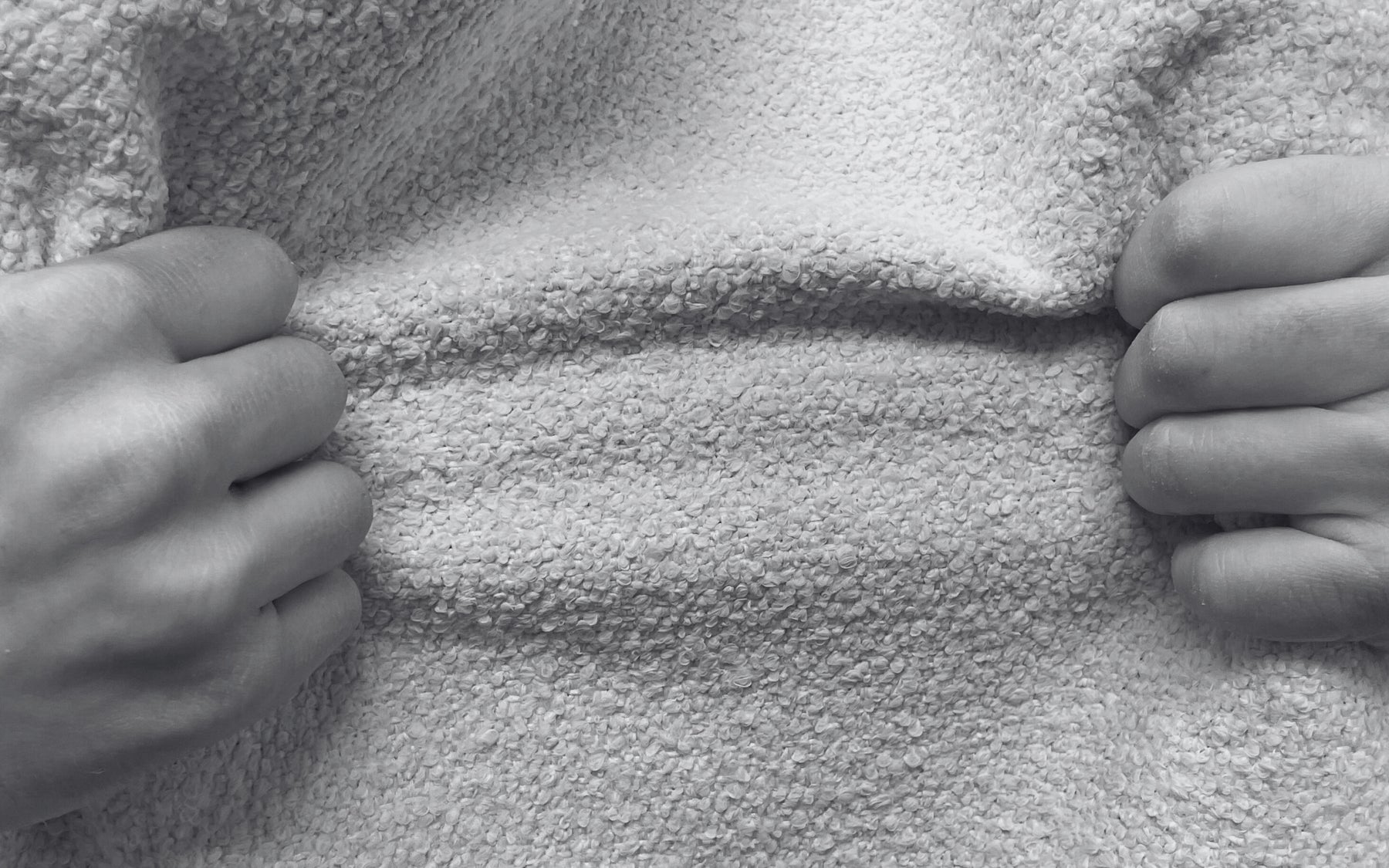
Understanding Double Rubs: The Key to Durable Upholstery Fabric
What Are Double Rubs?
When exploring options for upholstery fabric, you'll frequently encounter the term 'double rub.' This is a crucial measure of a fabric's durability against wear and tear. The double rub count is determined using the Wyzenbeek Test, a standardized method where a cotton duck or wire mesh piece repeatedly rubs against the fabric. Each forward and backward motion constitutes one double rub, simulating the typical actions of sitting and standing that cause fabric abrasion.
The testing process continues in increments of 5,000 double rubs until the fabric exhibits noticeable wear or two yarns break. Signs of wear include significant changes in color and texture. On average, 3,000 double rubs equate to approximately one year of regular use, making this a vital metric for assessing fabric longevity and suitability for various upholstery needs.

Is there an alternative to the Wyzenbeek Test?
The Martindale test is also a widely used method for determining the durability of upholstery fabric, assessing its ability to withstand abrasion and thus its suitability for various applications, from residential to commercial use. This test involves mounting a sample of the fabric on a testing device where it is subjected to a controlled amount of abrasion by a standard abrasive surface, usually wool or sandpaper, under a specific pressure. The process is repeated in a circular motion until the fabric shows noticeable wear or until two yarn breaks occur. The fabric's durability is then rated based on the number of cycles it withstands, providing a direct measure of its wear resistance.
In contrast, the Wyzenbeek test, primarily used in the United States, also evaluates fabric durability but does so through the method we mentioned above. While both tests aim to measure fabric durability, the Martindale test uses a circular motion and is more commonly used in Europe, whereas the Wyzenbeek test employs a linear motion and is prevalent in the U.S., reflecting different standards and preferences in fabric durability assessment.
What is the impact of double rub counts on a fabric's durability?
Abrasion is the primary factor in the wear and tear of upholstery fabrics, often caused by movements such as shifting in a seat or leaning against a chair's back. The fabric's ability to resist this abrasion, measured in double rubs, is crucial, especially in high-traffic areas like public waiting rooms or government offices. Fabrics withstanding 15,000+ double rubs are classified as heavy-duty, indicating their high durability. The abrasion resistance level of a fabric guides its ideal use. For residential settings:
- Delicate duty (under 3,000 double rubs): Ideal for pillows, drapes, and curtains
-
Light duty (3,000-9,000 double rubs): Best for furniture used occasionally
-
Medium duty (9,000-15,000 double rubs): Versatile for various daily-use furniture
-
Heavy duty (15,000+ double rubs): Perfect for frequently used items like the family couch
For commercial environments:
-
Contract upholstery fabric (15,000-20,000 double rubs): Suitable for light traffic areas, such as executive waiting rooms or consultancy offices
-
Heavy duty (up to 30,000 double rubs): Fits well in typical business traffic areas like hotel rooms, conference rooms, dining areas, and single-shift offices
-
Extra heavy duty (over 30,000 double rubs): Designed for very high traffic areas, including airports, fast food restaurants, hospitals, government offices, and entertainment venues like bars, stadiums, and theaters
Higher double rub counts requested for commercial environments and contract upholstery fabrics
Traditionally, the upholstery fabric industry has relied on specific abrasion measurements to determine fabric durability. However, recent trends show a shift in these standards. Nowadays, many commercial settings are specifying fabrics with a minimum of 50,000 double rubs, and some are even requiring over 100,000 for enhanced longevity. This change underscores the industry's evolving demands for more durable and long-lasting upholstery fabrics.
Related Content: Herman Miller has long been a leader in the sales of commercial furniture in North America. Click on the link to see Herman Miller's Textiles Quality Control Standards and Testing Procedures
Does the Wyzenbeek test work?
The Wyzenbeek Test is often considered the premier measure of fabric durability, primarily focusing on abrasion resistance, the leading cause of fabric wear. However, it's important to recognize that fabric longevity is also influenced by other factors such as heat and moisture exposure. For example, faux leather excels in abrasion resistance but is vulnerable to heat damage, often stiffening and cracking when exposed to sunlight. Similarly, natural fibers like cotton are susceptible to moisture, leading to mold and fungal growth that weakens the fabric.

Additionally, the durability of a fabric is shaped by the weave of its fibers and their content, with synthetic fibers typically offering greater abrasion resistance than natural fibers. Below is a great article about some of the differences between natural and synthetic fibers.
Related content: How to Choose Upholstery Fabric
Another crucial aspect is the intended placement of the furniture. Indoor furniture doesn't face the harshness of weather extremes, unlike outdoor upholstery, which needs to be resilient against both abrasion and environmental conditions. Finally, the maintenance and cleaning practices for a fabric play a significant role in extending its lifespan. Proper care is essential to preserve the fabric's quality and durability over time.
What we learned about double rub counts and abrasion testing
Understanding double rub counts is essential for anyone dealing with upholstery fabrics. From assessing the durability of a fabric through the Wyzenbeek Test to considering the fabric's resistance to various environmental factors, each aspect plays a pivotal role in determining the right fabric for your needs. Whether it's for residential use, where comfort and aesthetics are key, or for commercial settings, where durability and longevity take precedence, the double rub count offers a valuable guideline.
The evolving standards in the upholstery fabric industry, with increasing demands for higher double rub counts in commercial environments, reflect a growing emphasis on quality and endurance. Meanwhile, the Wyzenbeek Test, despite its focus on abrasion resistance, is just one piece of the puzzle. Factors like heat, moisture, fiber content, and maintenance also significantly impact a fabric's overall durability.
Choosing the right upholstery fabric is not just about selecting a style or color; it's about understanding the fabric's performance under different conditions. By considering the double rub count along with other crucial factors, you can make informed decisions that ensure your furniture not only looks great but also withstands the test of time and use.
Remember, the key to longevity in upholstery fabrics lies in a balance of aesthetics, functionality, and proper care. With this comprehensive approach, you can create spaces that are both beautiful and durable, no matter where they are used.

Leave a comment